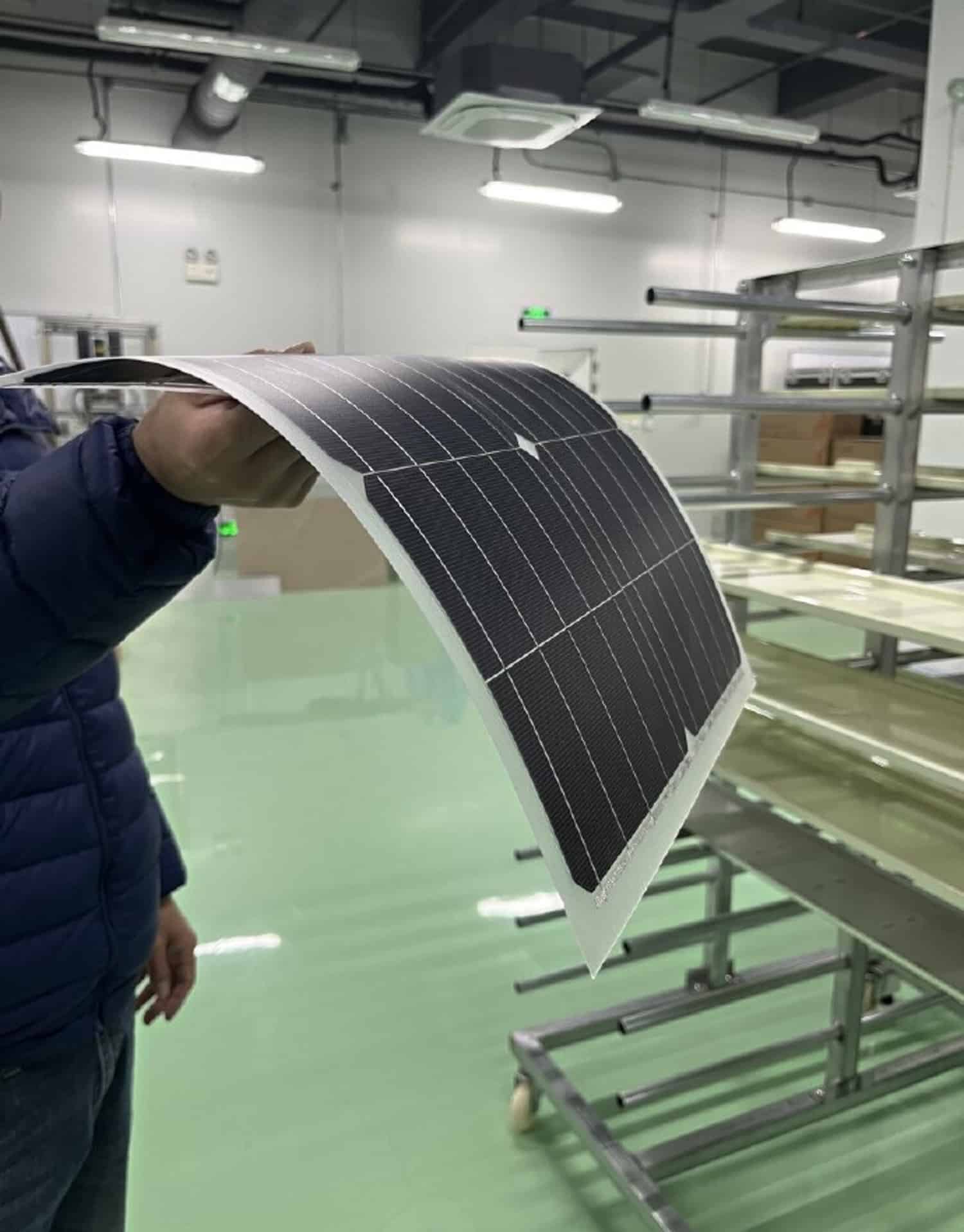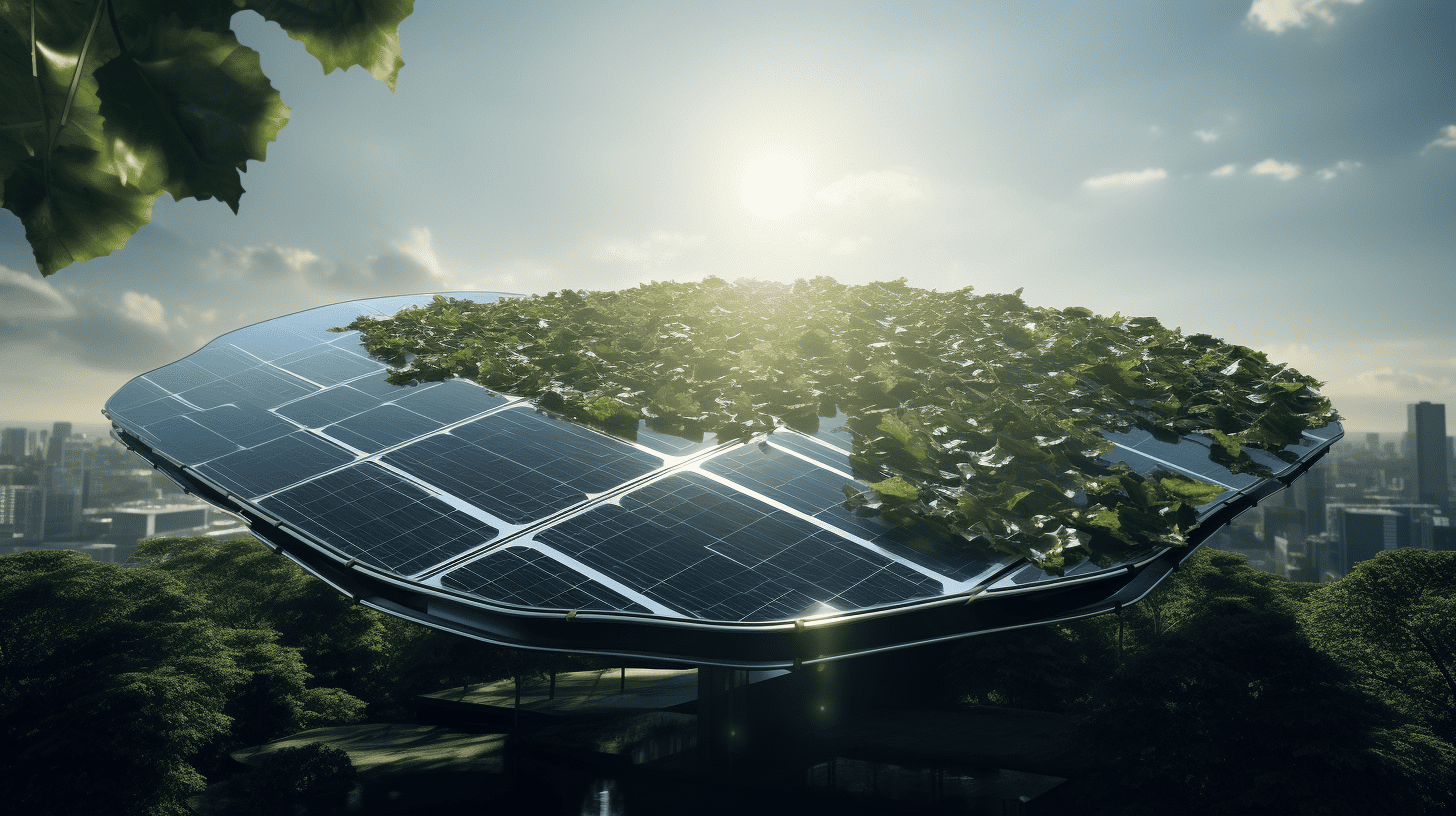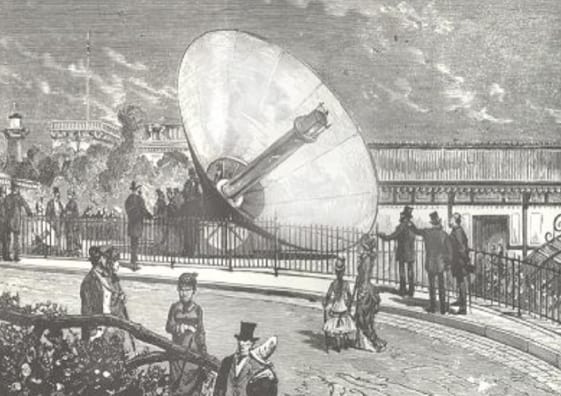
Israeli researchers from Ben-Gurion University of the Negev Solar Energy Research Center have developed a groundbreaking approach to understanding temperature effects on photovoltaic device performance. Their study challenges the current assumption of a fixed cell temperature and theorizes a fluctuating temperature due to heat produced from light absorptance and a fixed temperature environment. This new perspective paves the way for advancements in photovoltaic technology, particularly in thermoradiative and thermophotonic cells. These advanced concepts aim to recover waste heat from industrial processes or enhance the conversion of the sun’s radiative energy flux to electricity. The researchers’ findings provide valuable insights for the development of more efficient solar cells, which are crucial for mitigating climate change and promoting sustainable technology.
- Conventional photovoltaic cells waste more than 70% of the energy made available by the sun
- Thermoradiative and thermophotonic cells represent advanced concepts in photovoltaic technology, focusing on waste heat recovery
- The Israeli researchers’ new approach could lead to the development of more efficient solar cells
Temperature fluctuations and photovoltaic efficiency
Conventional photovoltaic cells waste more than 70% of the energy made available by the sun. To address this issue, the researchers at Ben-Gurion University of the Negev Solar Energy Research Center have proposed a novel approach to analyzing the photovoltaic effect. Instead of assuming a fixed cell temperature, they consider a fixed ambient temperature and a varying system temperature. By combining the photon rate balance equation with the power balance equation, they develop a simple approach applicable to any photovoltaic system.
The study explores the potential-dependent current and temperature of solar cells and thermoradiative power generators. The authors find that the optimal band gap of a solar cell depends on its heat-transfer coefficient, and the efficiency of the cell can either increase or decrease with solar concentration, depending on its ability to dissipate heat. They also identify the transition point where the cooling regime of the cell shifts from conductive and/or convective-dominated to radiative-dominated.
Thermoradiative and thermophotonic cells: a new frontier in solar technology
Thermoradiative and thermophotonic cells represent advanced concepts in photovoltaic technology, focusing on waste heat recovery in industrial processes and more efficient conversion of the sun’s radiative energy flux to electricity. In the case of thermoradiative power generation, the study reveals that power production decreases when heat intake is suppressed. The researchers also investigate the impact of nonradiative recombination on this power production scheme.
Notably, the proposed model aligns with fixed system temperature-based approaches when an infinite ability to transfer heat is considered. This new approach has the potential to contribute significantly to advancements in photovoltaic technology, particularly in the development of thermoradiative and thermophotonic cells. As the world continues to seek sustainable solutions for energy production and mitigating climate change, these findings provide valuable insights for improving the efficiency of solar cells.
Heat generation in solar cells and its implications
Solar cells generate both heat and electricity when exposed to sunlight, converting approximately 20% of the incident sunlight into electricity while the rest becomes heat. Factors affecting module heating include irradiance, reflection from the top surface, electrical operating point, sunlight absorption in uncovered regions, absorption of low energy light, and packing density of solar cells.
Maximizing the conversion of sunlight into electricity and minimizing heat generation are crucial for improving solar cell efficiency. The Israeli researchers’ new approach to understanding temperature effects on photovoltaic device performance could lead to the development of more efficient solar cells, enabling a reduction in the wasted energy from sunlight and contributing to a more sustainable future.







